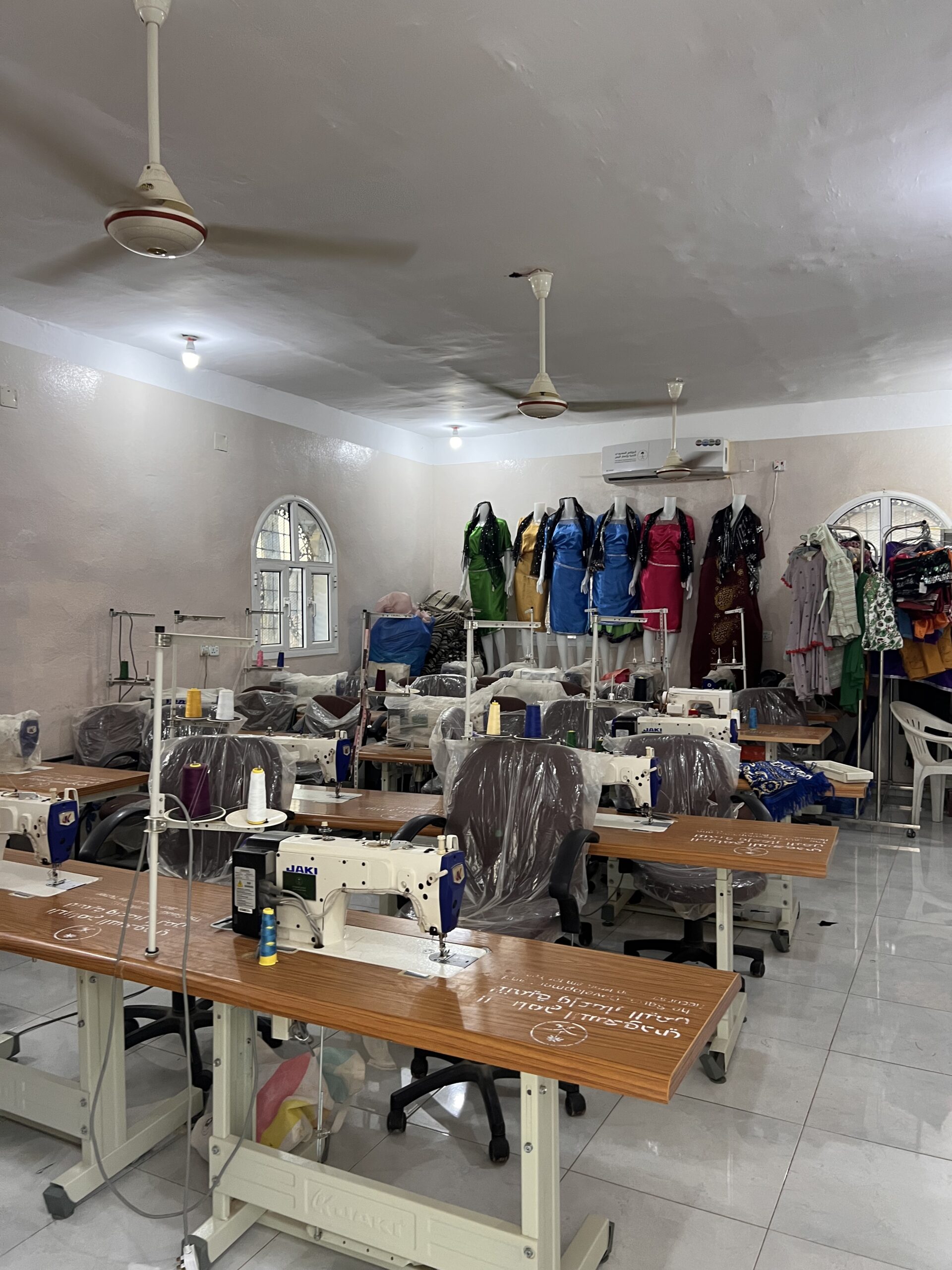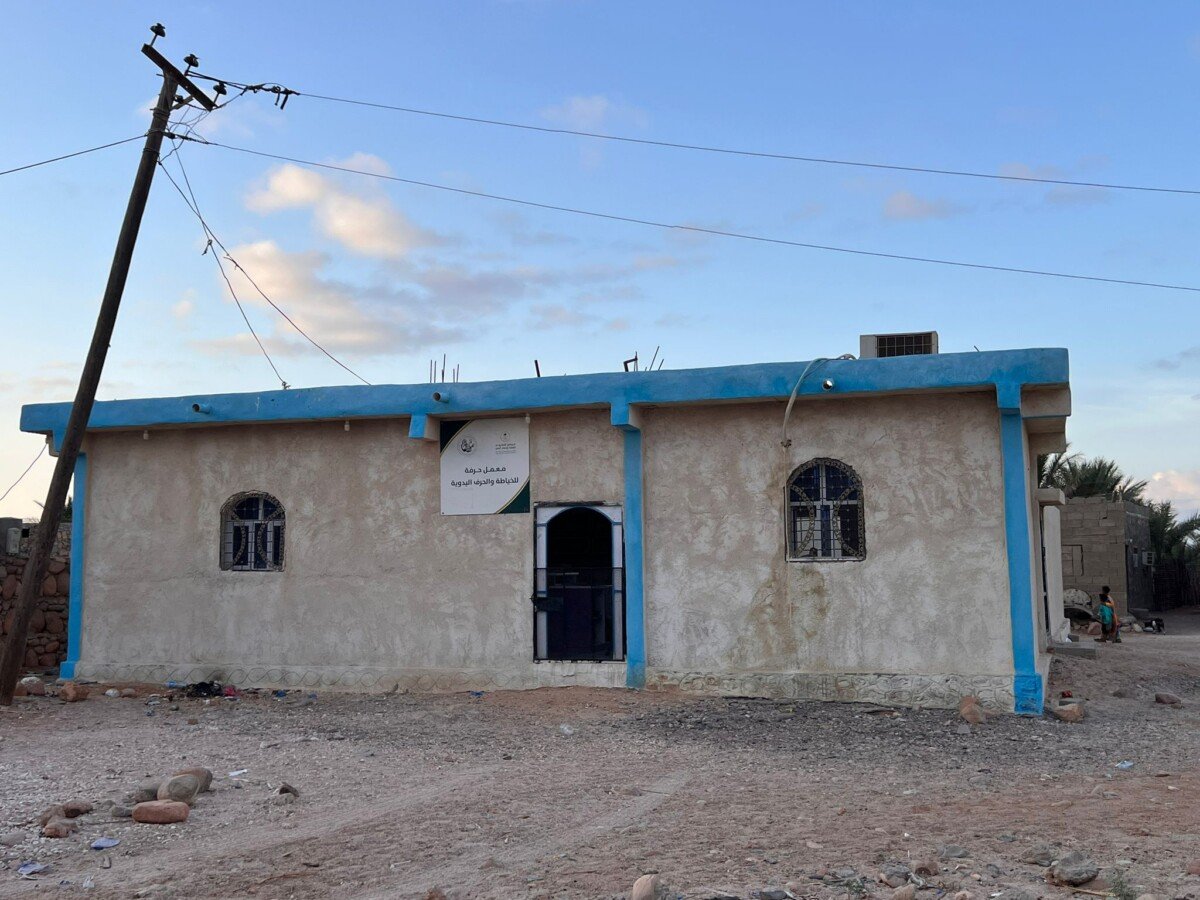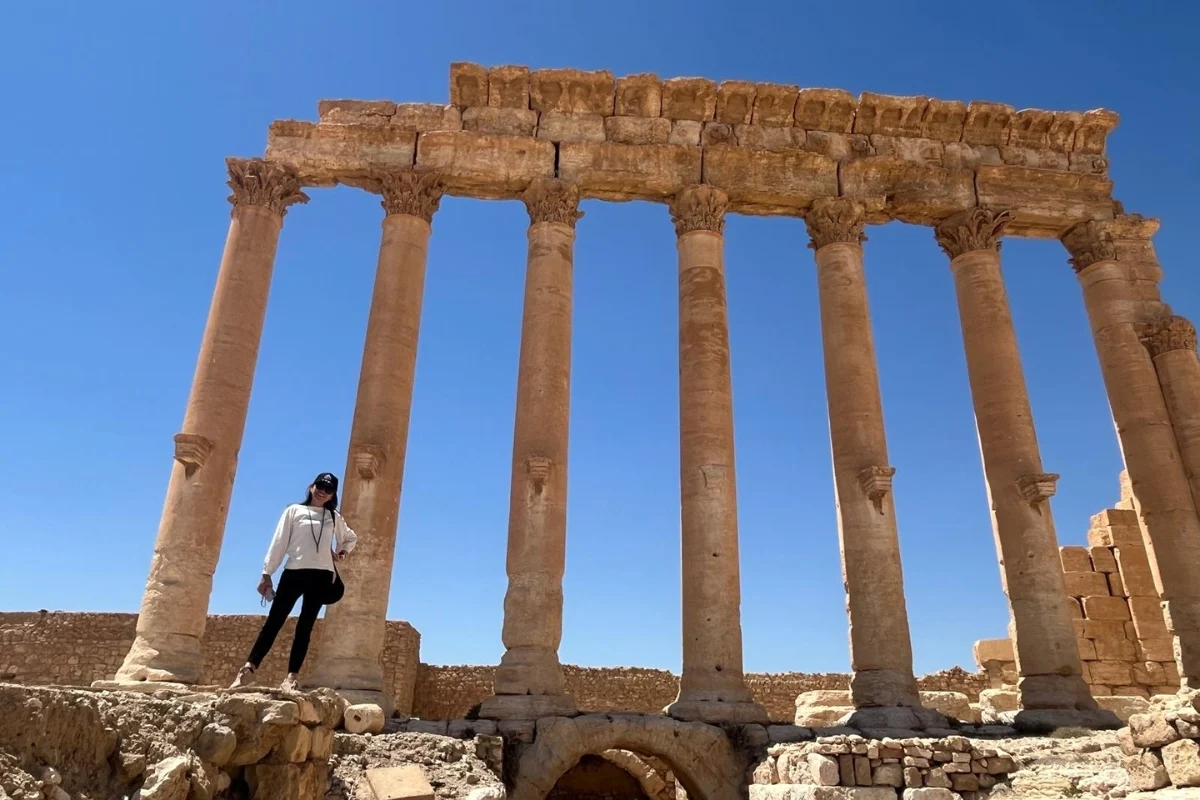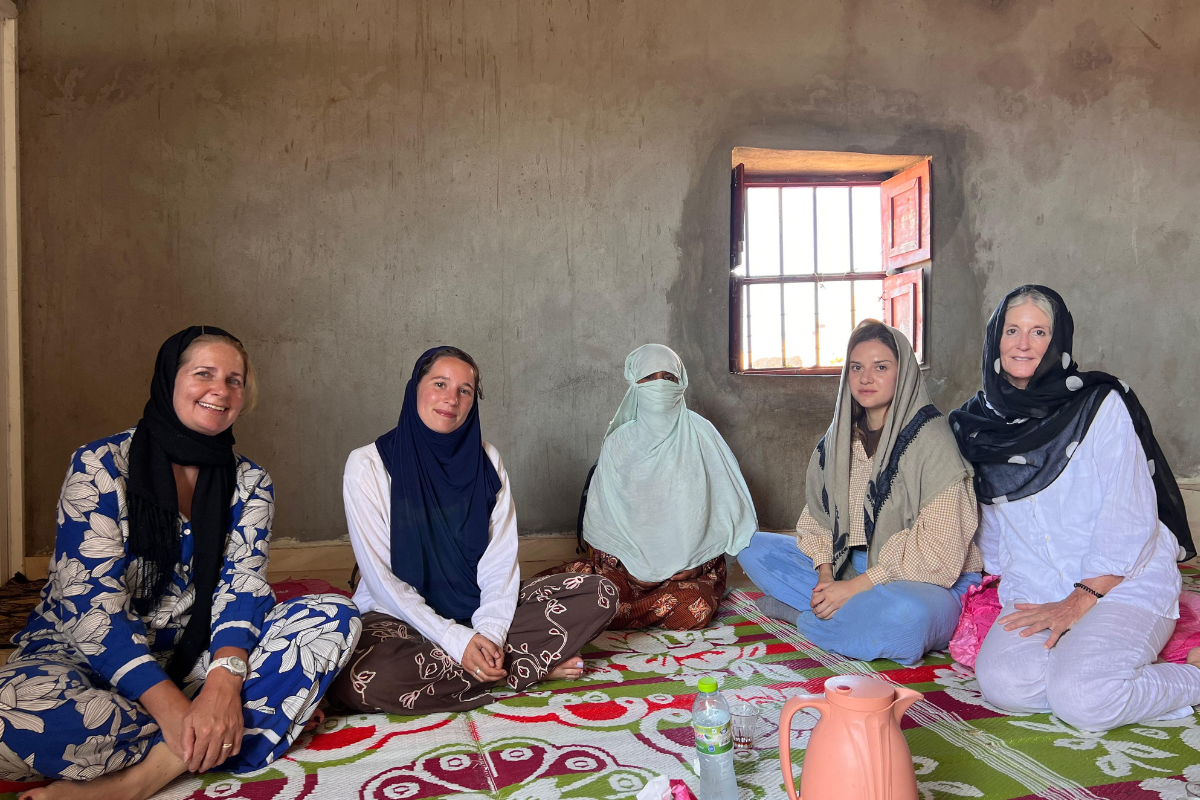When most people think of Socotra, they picture the famous dragon’s blood trees, turquoise lagoons and endless beaches. But there’s more to the island. On our recent trip, we explored a different side of Socotra. One that focuses on local initiatives, small-scale projects, and sustainability. These are still early-stage efforts, but it’s exciting to see how change is beginning and how travellers like us can contribute positively.
Sustainability starts with community
On one of our evenings on the island, we spoke with Naseer Abdurahman from the Socotra Wildlife Association about waste and recycling. With so much litter and limited awareness around reuse, we brainstormed ways to make the island cleaner and more sustainable. From community clean-ups to repurposing materials for handicrafts, even small actions can make a real difference. What starts as small steps today could shape the way Socotra sustains itself for generations.
Sadeeah – a women making a difference
During our stay at Detwah Camp, a small family-run campsite near the Detwah Lagoon, we met Sadeeah, one of the few female entrepreneurs on Socotra. She manages the camp herself, looking after the guests, her family and the local staff. Over a delicious lunch (and later, of course, a cup of tea), she shared her dreams for Socotra: more opportunities for women and young people, better infrastructure, and visitors who respect local traditions and the island’s nature. Her energy and hospitality left a lasting impression on all of us on tour.
Socotra Women’s Society
In Hadibo, the capital, we visited the Socotra Women’s Society, a small shop and workshop run entirely by women. Here they craft colourful baskets, bowls and hats from palm leaves — all handmade and sustainable. Visitors can watch how the products are made and purchase them as souvenirs, offering a direct way to support these local initiatives. The project is part of a wider network helping women take on a stronger role in Socotra’s economy.


Women in Socotra and female travel
Through these initiatives, local women are starting to fill a bigger role on the island. For our female travellers, these visits offered a glimpse into daily life and the strength of Socotri women. The conversations we had also highlight how Socotra balances tradition and openness. Socotra is generally very safe for female travellers, but respecting local customs remains important. For example, in Hadibo and the villages, women are advised to wear long trousers, long sleeves, and a headscarf or shawl, while men should also wear long trousers. On beaches or at excursions without locals, shorts or swimsuits are perfectly fine. Awareness and cultural sensitivity go a long way as the island continues to welcome more visitors.
Experiencing Socotra differently
A trip to Socotra is about more than just the beaches. It’s about meeting locals, supporting small projects, and contributing to sustainable tourism. Every encounter and small action helps the island grow in the right direction — for both residents and visitors alike.
Want to experience Socotra differently? Join one of our Group Tours or Private Tours and see how small encounters can lead to big inspiration.

What It’s Like to Travel in Syria Now (2026 Guide)
We simply couldn’t think of a more unique country to visit than Syria. Discover all the highlights with CultureRoad.

Why Cameroon should be on your travel list: 4 Reasons
Discover why Cameroon is called “Africa in miniature.” From mountains and jungles to vibrant cultures and rare wildlife. We give 4 reasons why you should…

Beyond the Beaches: Socotra’s Early Sustainable Projects
During our latest journey, we explored a different side of the Socotra — one shaped by local women and small communities. From an inspiring encounter…